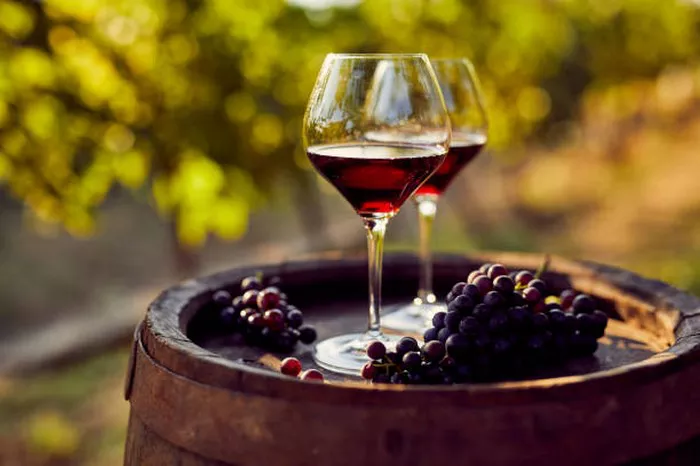Merlot, a popular red wine grape variety, is often associated with smoothness and easy-drinking characteristics. However, the question “is Merlot wine sweet or dry” can be confusing, as the answer depends on several factors, including the winemaking style and the region where the grapes are grown.
Understanding Merlot’s Nature:
Merlot grapes are naturally high in sugar content, but during fermentation, yeast converts this sugar into alcohol. In most cases, winemakers ferment Merlot grapes fully, resulting in a dry wine with minimal residual sugar. However, some winemakers may choose to stop fermentation early, leaving some residual sugar in the wine and creating a sweeter style.
See Also: Unveiling the Caloric Content of a Large Glass of Rosé Wine
Factors Influencing Sweetness:
Several factors can influence the sweetness of Merlot wines:
Winemaking Style: As mentioned earlier, the winemaker’s decision to stop fermentation early can result in a sweeter wine. Additionally, some winemakers may add sugar or unfermented grape juice (must) after fermentation to increase sweetness.
Region: Climate and growing conditions can influence the ripeness of the grapes and their sugar content. In warmer climates, grapes tend to ripen more fully, resulting in higher sugar levels and potentially sweeter wines.
Blending: Merlot is often blended with other grape varieties, such as Cabernet Sauvignon or Cabernet Franc. The sweetness of the final blend will depend on the proportions of each grape and their individual sweetness levels.
Dry vs. Sweet Merlot Styles:
While most Merlot wines on the market are dry, there are some notable exceptions:
New World Merlots: Merlots from regions like California, Washington State, and Australia tend to be fruit-forward and may have a slightly higher residual sugar content, making them taste slightly sweeter than their Old World counterparts.
Late Harvest Merlots: Late harvest wines are made from grapes that are left on the vine longer, allowing them to accumulate more sugar. This results in a sweeter wine with higher alcohol content.
Dessert Merlots: Some winemakers produce dessert wines from Merlot grapes, such as ice wine or late harvest wine. These wines are intentionally sweet and have a higher residual sugar content.
Identifying Sweetness on a Wine Label:
While wine labels don’t always explicitly state “sweet” or “dry,” there are some clues you can look for:
Alcohol Content: Wines with higher alcohol content (above 14%) are more likely to be dry, as the yeast has consumed more sugar during fermentation.
Tasting Notes: If the tasting notes mention sweetness, fruitiness, or residual sugar, the wine is likely to be sweeter.
Region: Research the typical style of Merlot wines from the specific region.
Ultimately, the best way to determine if a Merlot wine is sweet or dry is to taste it. If you prefer dry wines, look for Merlots from cooler climates or those labeled as “dry.” If you enjoy sweeter wines, explore New World Merlots or late harvest expressions.
Remember: Wine preferences are subjective, and there is no right or wrong answer when it comes to sweetness. Experiment with different styles of Merlot to discover your personal preference.


